Tallinn, Estonia
I’m not a huge fan of stereotypes, but somehow I always imagined Eastern Europe would be different from the rest of the continent somehow – darker, greyer and surlier, with an undercurrent of quiet resentment hanging in the air, its communist past making its presence as strongly felt as the lingering smell of borscht and potatoes. Fortunately, as I realised today, I could not have been more wrong. If Tallinn, the quaint little capital of Estonia is anything to go by, Eastern Europe is a sparkling example of being so much more than the stereotype, even if Estonians do pride themselves on being home to a staggering one hundred varieties of potatoes.
I can’t help but look kindly upon Estonia after today. A tiny little nation hugging the coast of the Baltic Sea, Estonia has had the grave misfortune of being hit with a triple whammy of what I like to call CCGF (one of my many idiotic acronyms, forgive me) or Conditions Conducive to Getting F*cked. Pretty much all Estonians have ever wanted, if I’ve got it right, is the freedom to dedicate vast amounts of tax funds to potato research* and burst forth into celebrations of song and dance every five-odd years,** with a bit of gardening thrown in. Instead, their diminutive size coupled with their simple ways and proximity to power-hungry nations meant that they found themselves playing unwilling pawns in ego-driven political games for centuries, laying claim to a paltry 30-odd years of autonomy in the last five hundred. With Germany, Sweden, Denmark and Russia pawing at Estonia like so many cats sniping over a ball of yarn for time immemorial, it’s little wonder that Estonians today are fiercely proud of their hard-won independence and surprisingly intact culture.
*I kid you not – Tiina Kiibus, Tallinn’s director of tourism, told me that Estonia’s most celebrated national figure is a biologist who has dedicated her life to inventing various hybrids of potato to add to their hundred-odd list. She does this at the Potato Research Centre.
** Estonians have been breaking out into song and dance every five years since 1869, with thousands of participants competing for the grand prize. These people invented Eurovision.
The first thing you notice about Estonia is just how small it is. The population sizes up at only 1.3 million of which the capital, Tallinn, plays home to a mere 400,000. There are about 40 smaller cities, although this is a term used loosely in this context, scattered about the country with head counts of anywhere from 15 to 20,000. Even the palaces are diminutive by European standards, although Estonia was treated by its conquerors as an oversized holiday resort, with palaces serving mainly as temporary homes for brief summer recourse as opposed to permanent residences. Even by these standards, however, their sizes are astoundingly small. Walking about Tallinn, it’s difficult not to draw comparisons between the surrounding landscapes and a child's map of the countryside, with sunny green landscapes, small winding roads and the occasional babbling brook. Even the houses look like they were placed there by some giant hand, fashioned out of cardboard and clay. Visiting Estonia is like stepping into a land of fairytale.
Estonia currently finds itself at the happily ever after part of the tale, after all the monsters have been slain and the king has been returned to his rightful throne. Estonia has fought off Russian imperialism twice, once in 1918 (only to be repossessed during the First World War), and again for the final time in 1991. The president Toomas Hendrik Ilves is an American of Estonian origin whose family, respected Estonian gentility, fled the country during the First World War when Russians were shipping Estonians off to Siberian gulags by the truckload. His people must be pretty happy with him, because tourists can walk right up to his house if they want to, which is surrounded by quiet greenery and has no electronic gates and no security to speak of, save two solitary guards stationed at the door.
 and promptly fell in love with her. The only problem was the very real presence of his current wife. So he dealt with her the only way he knew how – shipped her off to a nunnery. With the lovely peasant girl (we must assume she was lovely at the time) by his side, the world was his and all he needed was an heir. His new queen gave him many, but unfortunately only two survived, both girls, and Peter had nobody to leave his great kingdom to. And that was the story of that.
and promptly fell in love with her. The only problem was the very real presence of his current wife. So he dealt with her the only way he knew how – shipped her off to a nunnery. With the lovely peasant girl (we must assume she was lovely at the time) by his side, the world was his and all he needed was an heir. His new queen gave him many, but unfortunately only two survived, both girls, and Peter had nobody to leave his great kingdom to. And that was the story of that.We made our way to the Old Town after the museum, which is still guarded by bits of the old wall, with two of the original towers intact.
The Cathedral of St Mary the Virgin is the main Lutheran church where most Estonians go to worship, and is quite different from Alexander Nevsky.
The pews are ancient too, with unnaturally high sides. Back in the day the men sat on the right and the women on the left, and the pews were built with high sides so that churchgoers would be able to look straight ahead without being distracted by the opposite sex. Little enclosed balconies, like those at the theatre, are perched above the pews and were meant for richer families who wanted privacy, or the freedom to observe the ceremonies without being seen.
Tallinn’s Old City is adorable, with its narrow cobbled streets and old houses, which people still live in.
I also thought it was very strange that most of the images, copies of the originals which were illustrated in the Middle Ages, featured naked women as the subjects of torture. I’ve said it before, but the whole thing was literally dripping with sadomasochism.
 Strap victim onto board. Rake spikes over body until desired effect.
Strap victim onto board. Rake spikes over body until desired effect. This chair, according to the accompanying plaque, was meant to cause the victim’s every movement indescribable pain, and he or she would be strapped into it long enough to confess. I ran my hands over it lightly and it left little marks on them. I’ll take their word for it.
This chair, according to the accompanying plaque, was meant to cause the victim’s every movement indescribable pain, and he or she would be strapped into it long enough to confess. I ran my hands over it lightly and it left little marks on them. I’ll take their word for it. This used a deceptively simple form of torture – the sense of shame. Victims would have this strapped on to their face for predetermined periods of time and would have to lead their lives as normal with it on. The exact nature of the crime was left to the public’s imagination, with punishable crimes covering everything from stealing to revealing an inch too much skin. Guess who wore masks the most? That’s right, the women. Having said that, can you imagine what it would be like if they used these today? Paris Hilton would never be seen without it.
This used a deceptively simple form of torture – the sense of shame. Victims would have this strapped on to their face for predetermined periods of time and would have to lead their lives as normal with it on. The exact nature of the crime was left to the public’s imagination, with punishable crimes covering everything from stealing to revealing an inch too much skin. Guess who wore masks the most? That’s right, the women. Having said that, can you imagine what it would be like if they used these today? Paris Hilton would never be seen without it.This stuff’s making me feel a bit ill, so on to something more giggle-worthy. Instructions for how to build a chastity belt!

 And an image of the kind they used in harems. Enough said.
And an image of the kind they used in harems. Enough said.Here's one just to clear the palate.
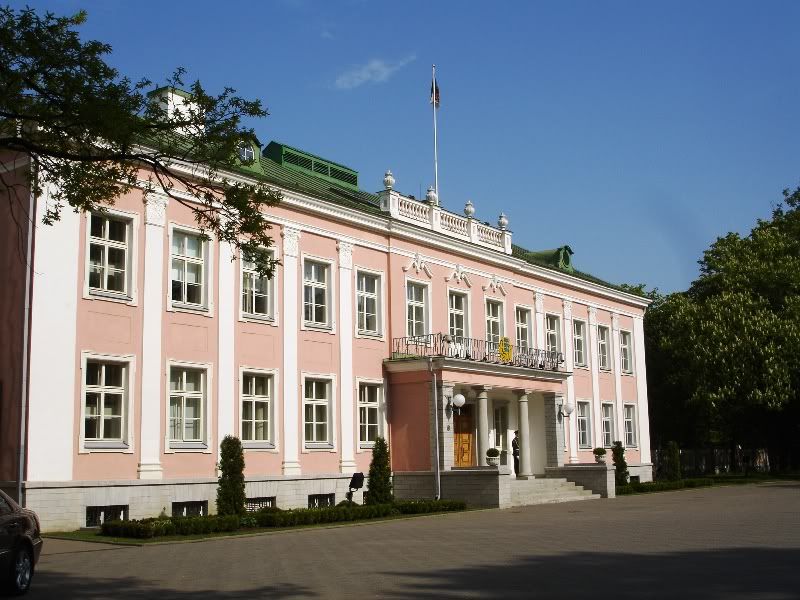
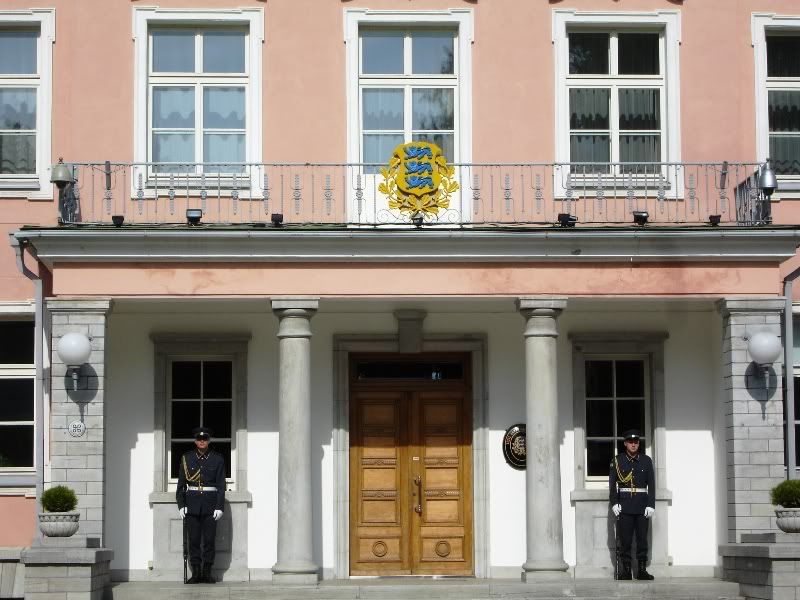
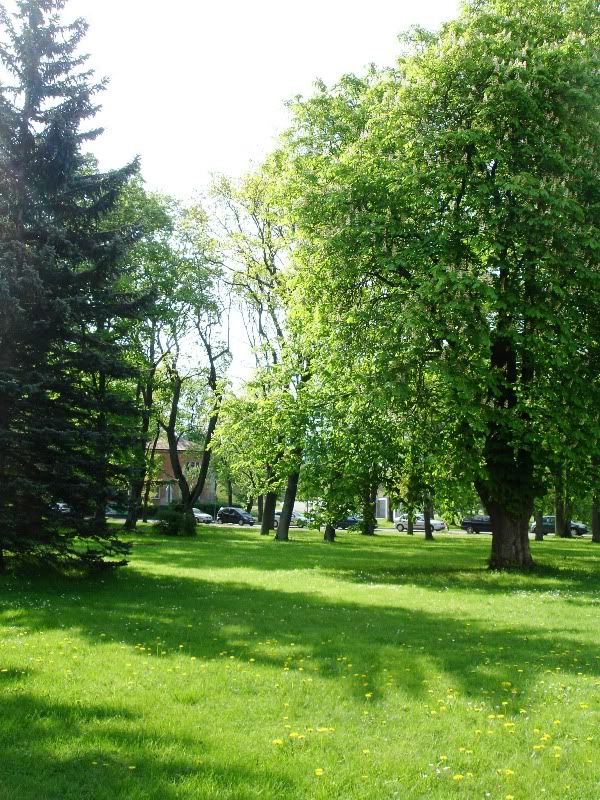

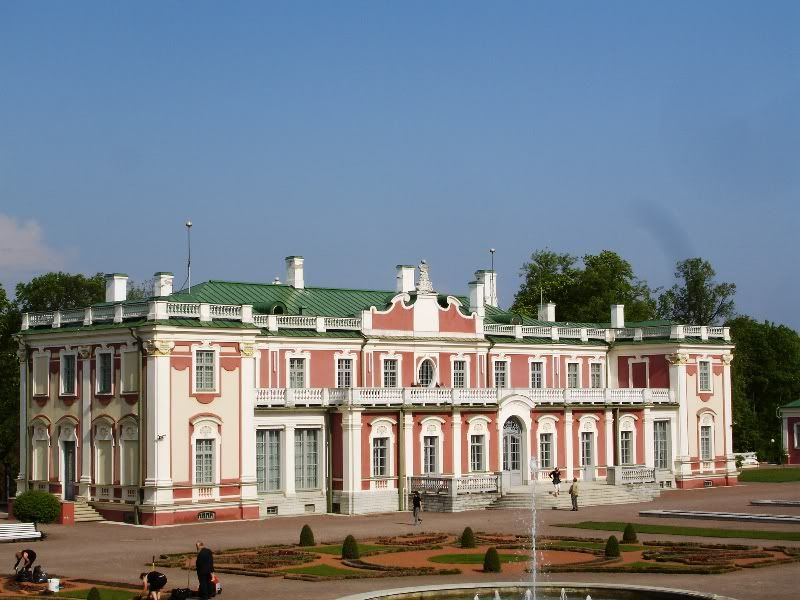
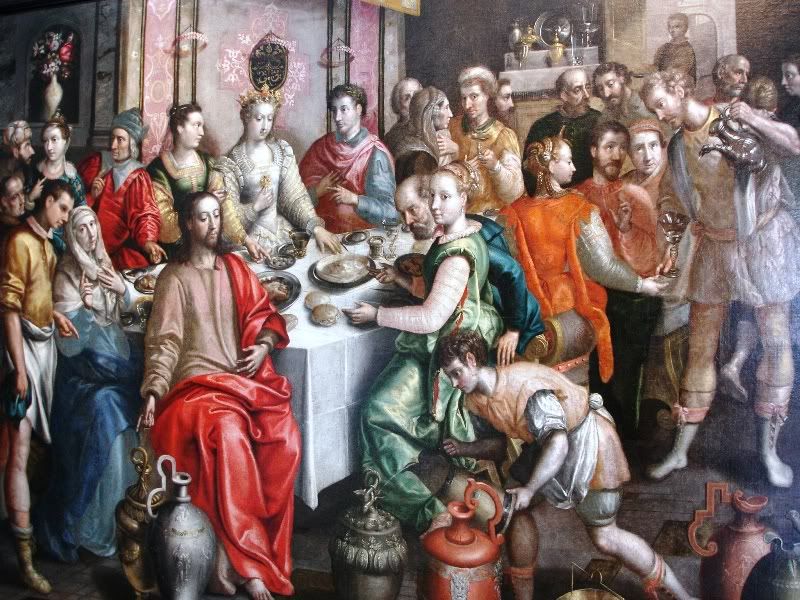
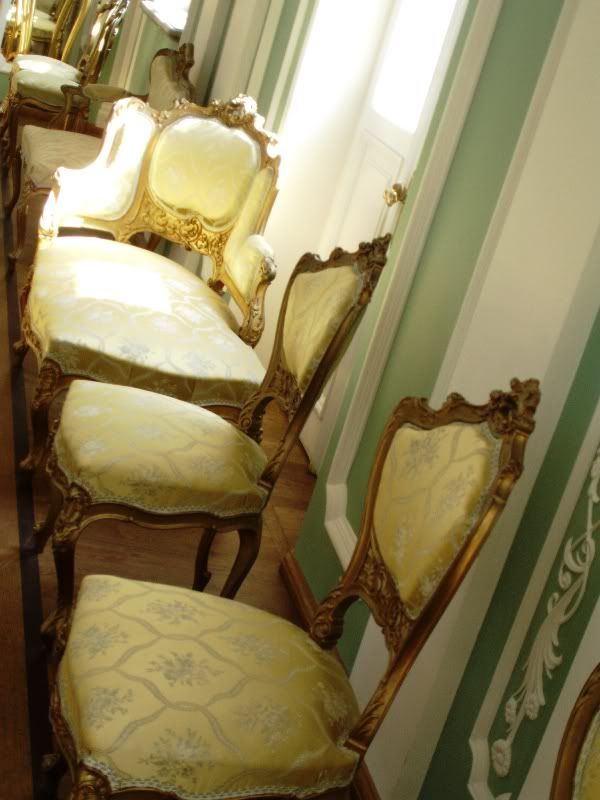
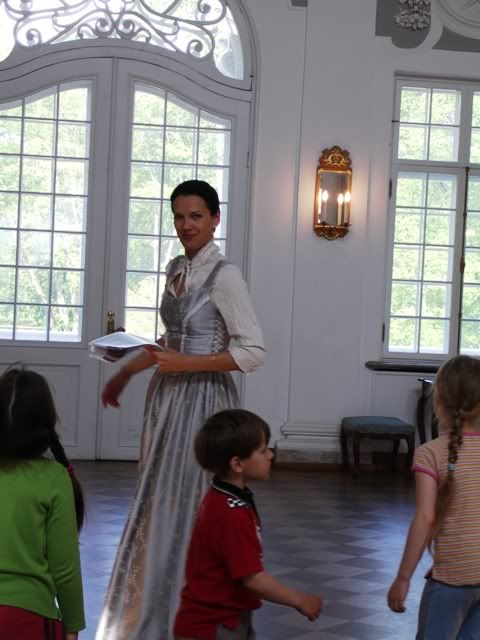
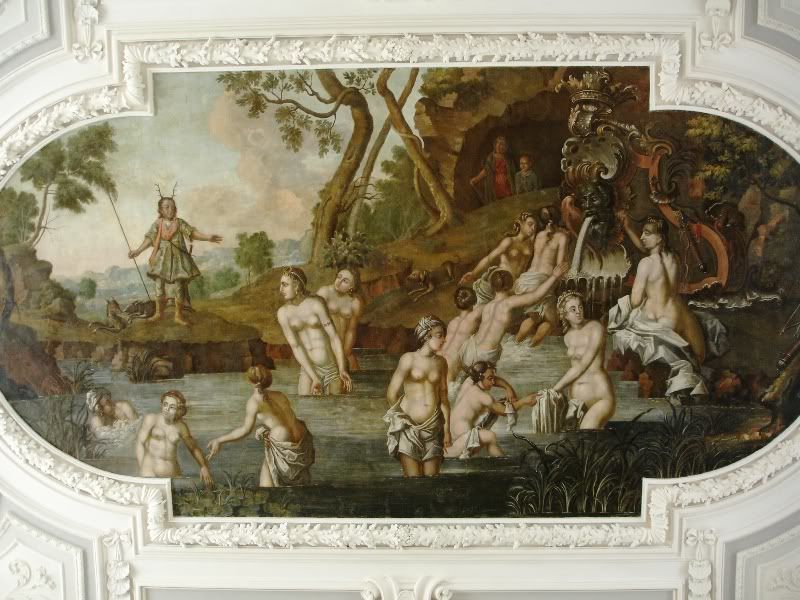
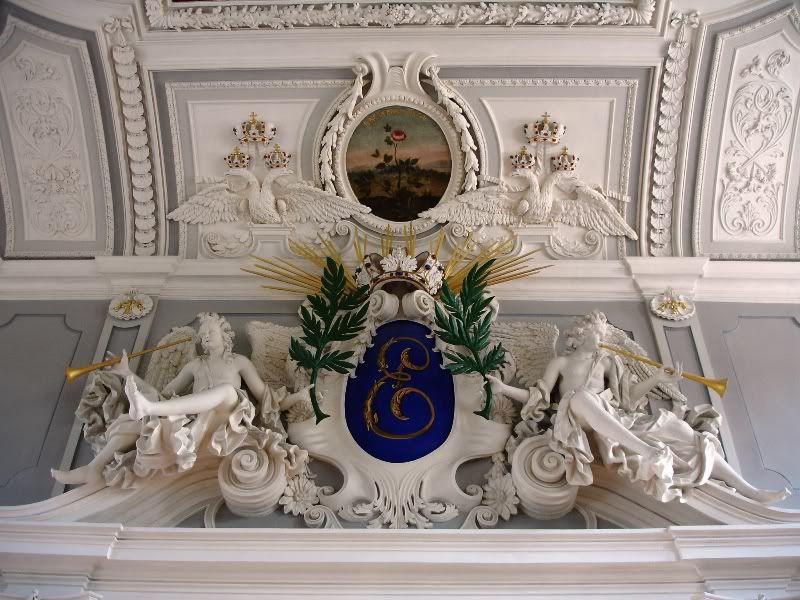
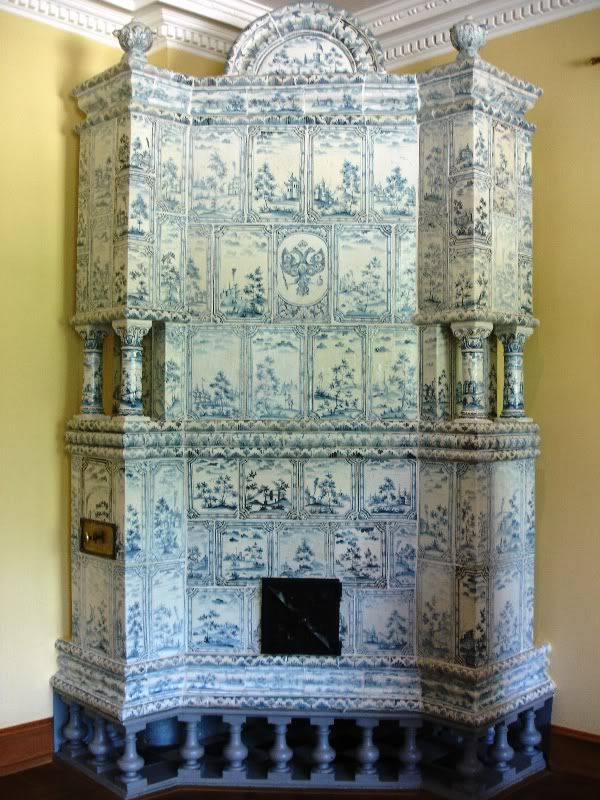
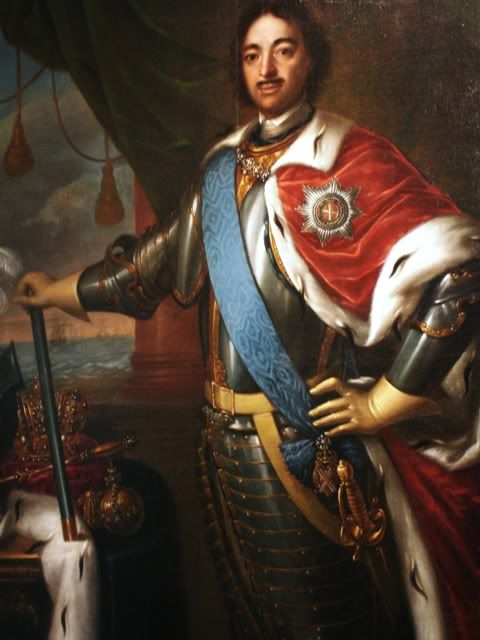

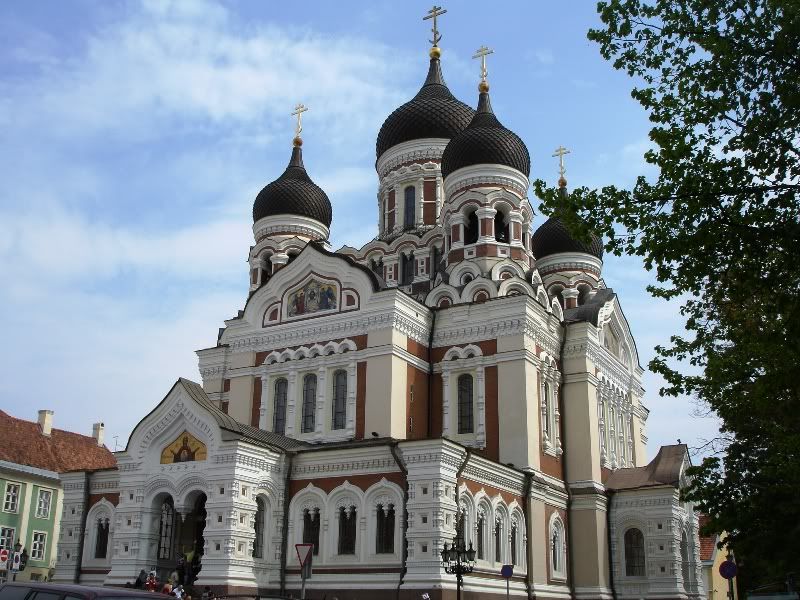

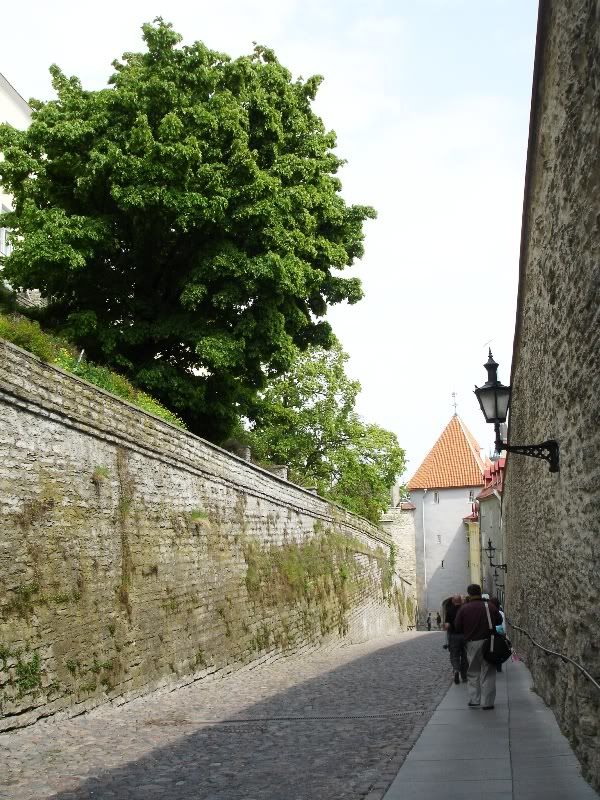
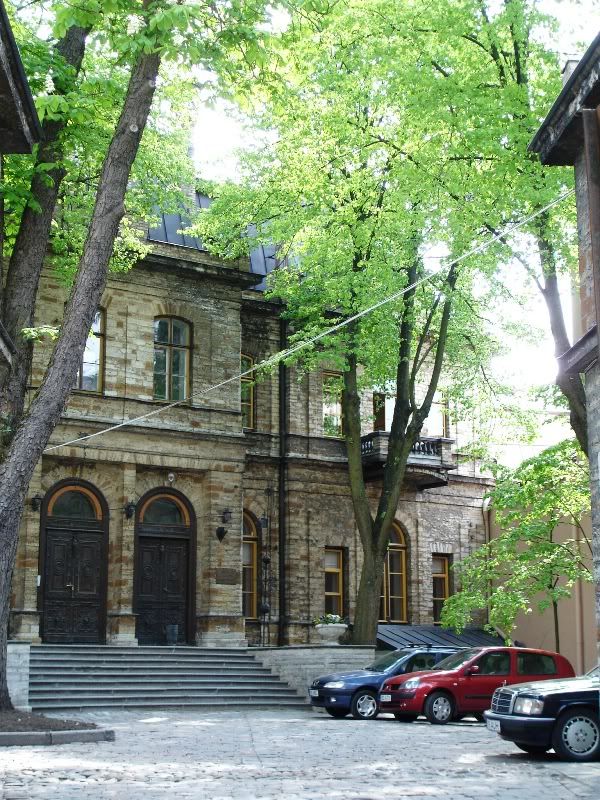


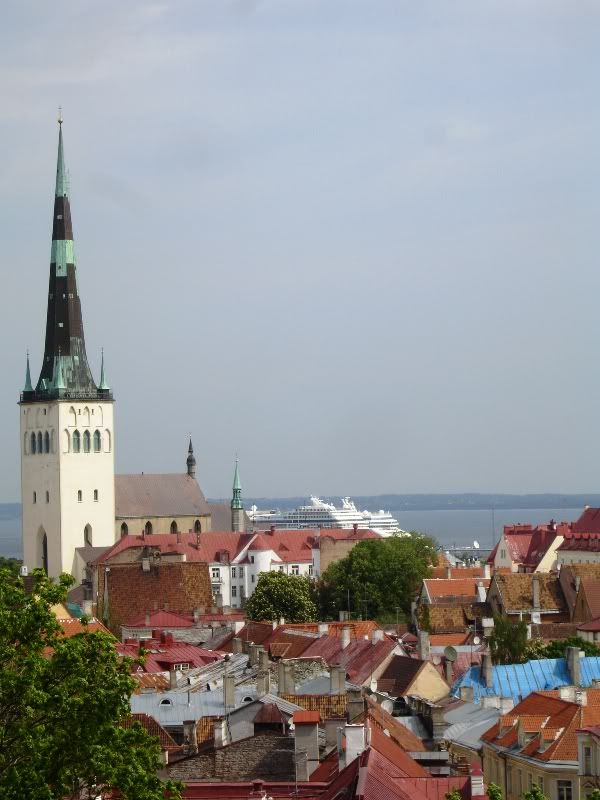
1 comments:
Komal, your writing is amazing. Very descriptive, yet so natural, or at least i can picture you using that sort of diction on a whim. Hmm, seems like Estonia enjoyed the art of torture huh?
Post a Comment